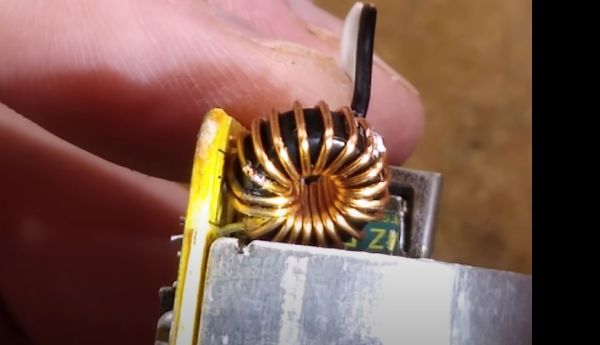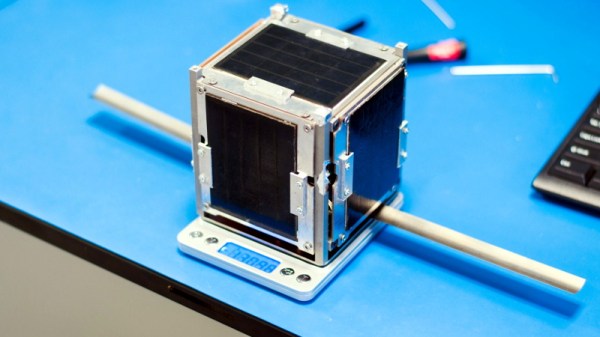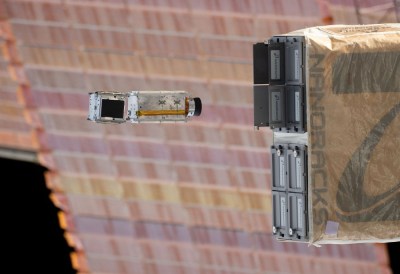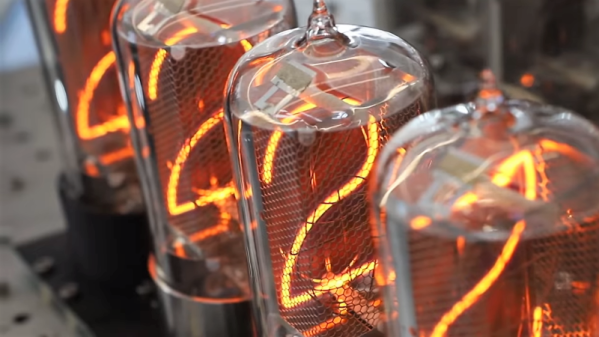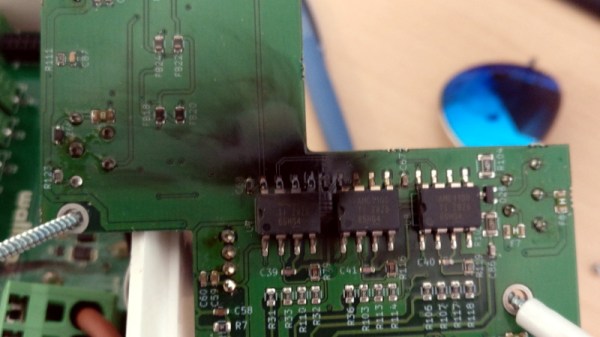People with long commutes usually come up with tricks to stay focused and alert and avoid the dangerous tendency to zone out during the drive. One trick I used to use was keeping mental track of the various construction projects I’d pass by on my way to work, noticing which piers on a new highway overpass were nearing completion, or watching steelworkers put together the complex rebar endoskeletons of a new stretch of roadway.
One project I loved to watch back in the 80s was a new high-rise going in right next to the highway, which fascinated me because of the construction method. Rather than putting together a steel frame, laying out decking, and covering each floor with concrete, the workers seemed to be fabricating each floor at ground level and then jacking them up on the vertical steel columns. I was fascinated by this because every time I passed by the floors were in a different position, spreading out vertically as the building grew.
And then one day, it just wasn’t there anymore. Where there had been columns stretching nine stories into the city sky with concrete slabs lined up ready to be jacked up into their final positions, there was just an enormous hole in the ground with a ghastly gray cloud of concrete dust rising from it. It was April 23, 1987, and what was once going to be a luxury apartment building called L’Ambience Plaza in Bridgeport, Connecticut lay pancaked into the ground, entombing the bodies of 28 construction workers.
Continue reading “Books You Should Read: Why Buildings Fall Down”


